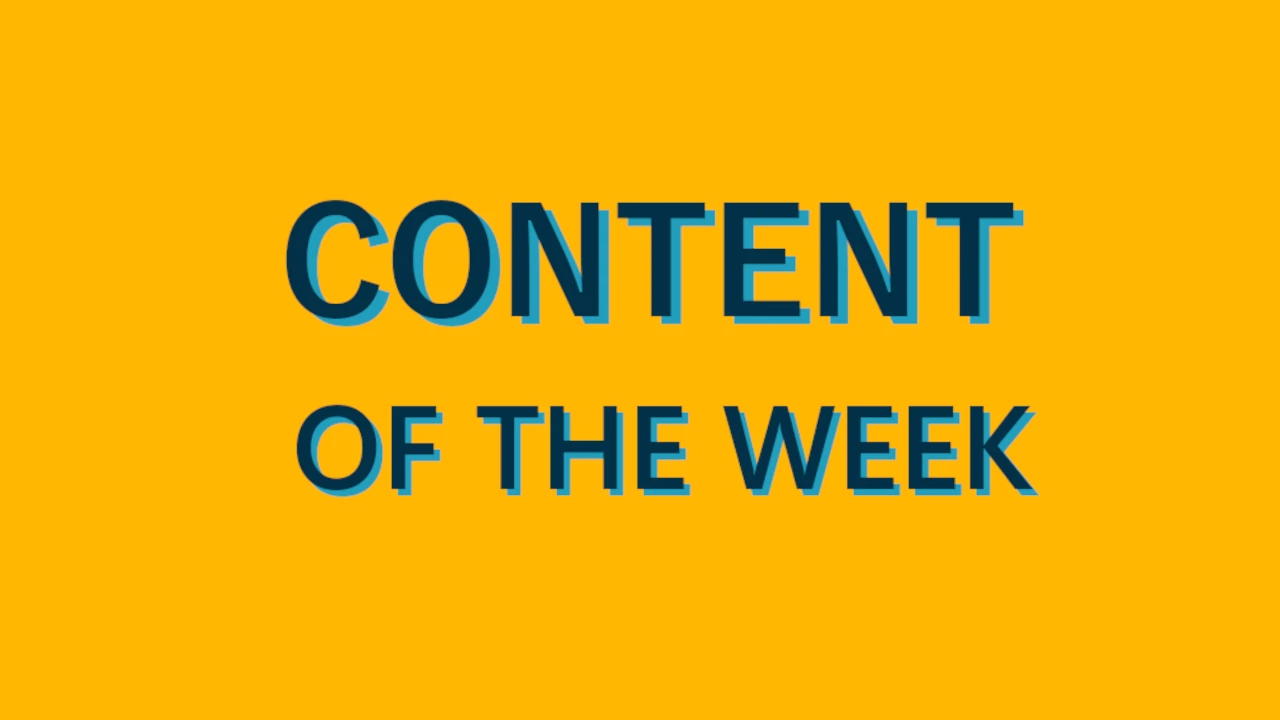When you work in museums, it’s easy to take the magic for granted.
Permanent displays imply a static, decided story – while behind the scenes that story is being built on, challenged and adapted as new information and research comes to light.
If you’re lucky, some of that new knowledge is included the next time the display is refreshed, usually every TEN YEARS. The reason I got into social media in the first place, though, was the ability to tell and share that new story immediately.
This is what Amsterdam’s Rijksmuseum did in this week’s Content of the Week:
This is the kind of story that – if you wanted to tell it in the gallery – would have to be condensed into a tiny label, made into a mini exhibition, tucked away in an audio guide or made into dog-eared laminated A4 print-outs for tour guides.
But if this story was told through just images and text, I don’t think it would be as powerful. What we have here is a museum using video to truly elevate a story, rather than video for the sake of video.
What it gets right from the very start is framing (sorry) the story with a question: “What’s the secret behind the frame around this painting?”
It’s a classic storytelling technique that makes you want to find out the answer, though I’ll let you watch the video to find it out.
But the question itself isn’t the only technique. In fact the story itself isn’t even that mind-blowing – it’s how it’s edited, animated and scripted that keeps you watching.
The frames that follow are a masterclass in keeping your attention – short, pithy copy; fun little animations of frames zipping around; speaking directly to the viewer (“Listen, we understand that you’d normally focus on the painting instead of the frame”); asking questions; and having a narrative.
Ultimately, this is an A* for how to tell an object biography. And behind the scenes, it’s also evident that the curatorial and content teams have a working relationship that allows stories like this to be shared and published.
What else I’m thinking about
It’s no coincidence that every one of these articles so far has featured video.
The last time I was a full-time social media manager (2021) you could just about get away with saying you were ‘looking into TikTok’. Now, both the algorithm and your audience yearn for the moving pictures.
I feel sorry for all the people responsible for social media who now have to add Video director, producer and editor on top of everything else they have to do.
A silver lining is that not every video has to be perfectly executed, and the advantage of TikTok is that anyone can now edit video on their phone rather than contributing to Adobe’s gaping maw of a subscription model.
But avoid making video for its own sake. Like the Rijksmuseum, identify the format that works best for the story you want to tell. Sometimes that’s video, sometimes it’s imagery, sometimes it’s just a bit of words.
Reach out
Interested in what I do and how I can help? Chatting to me is free, and I can work to your budget :)
